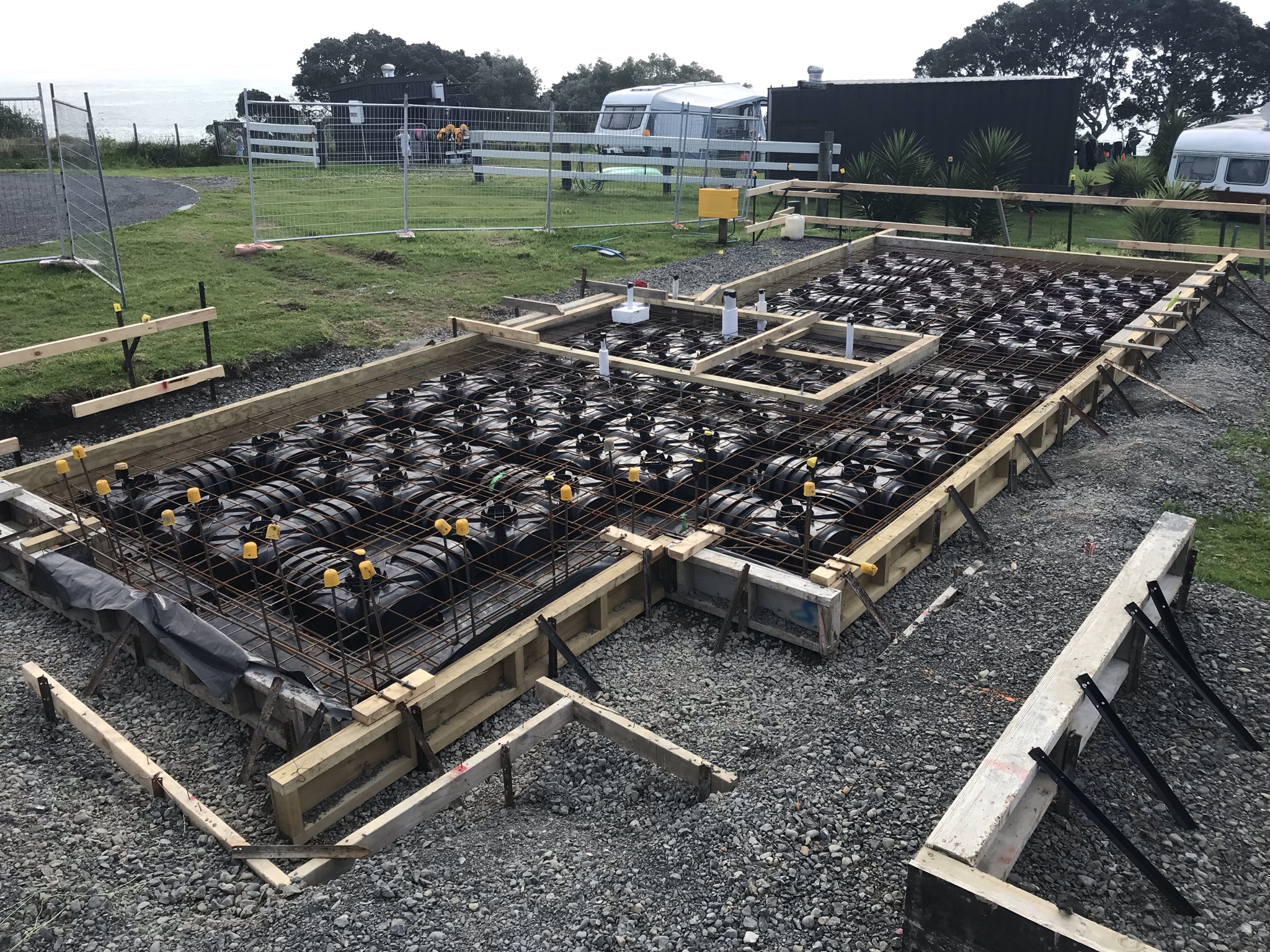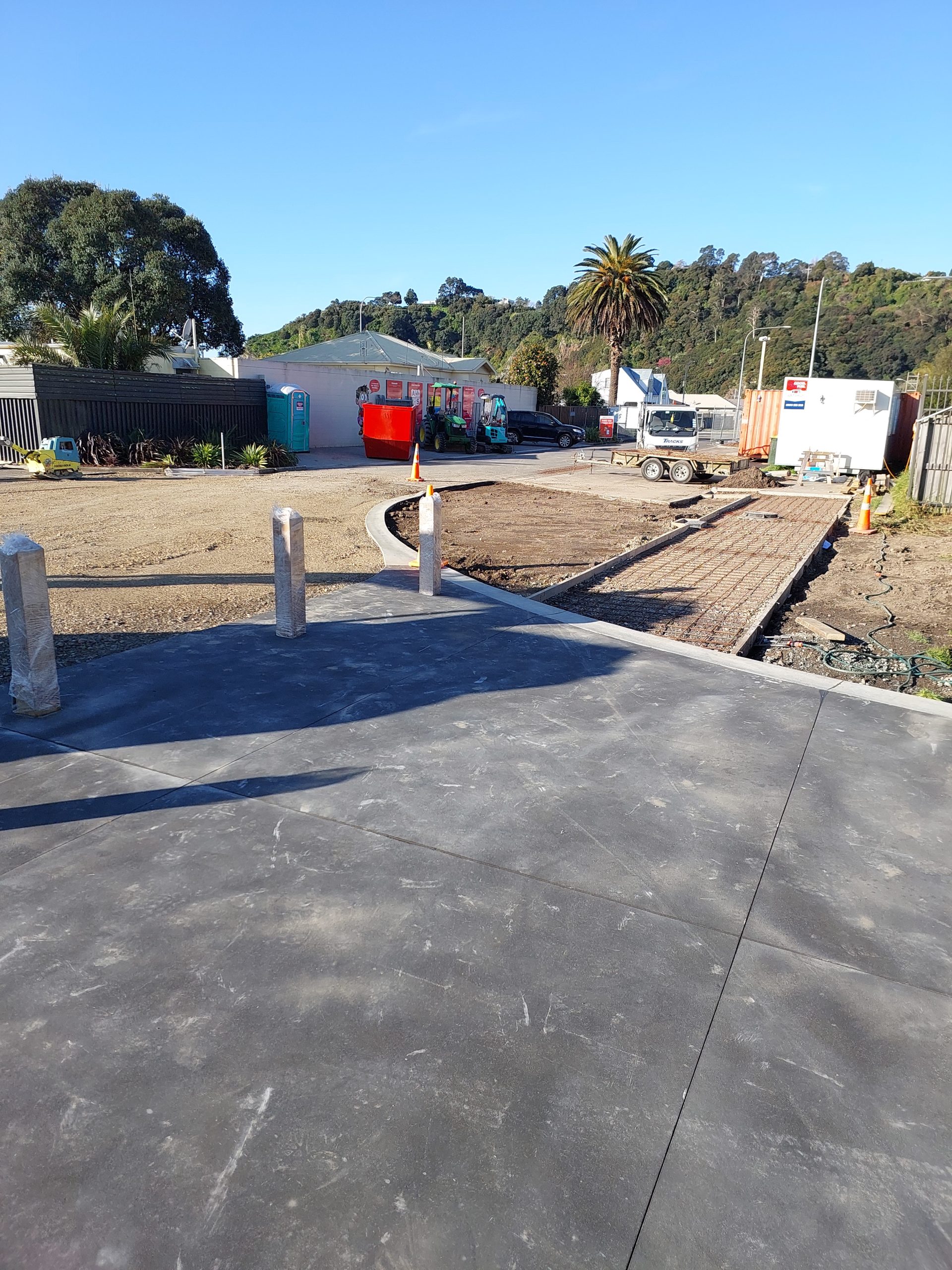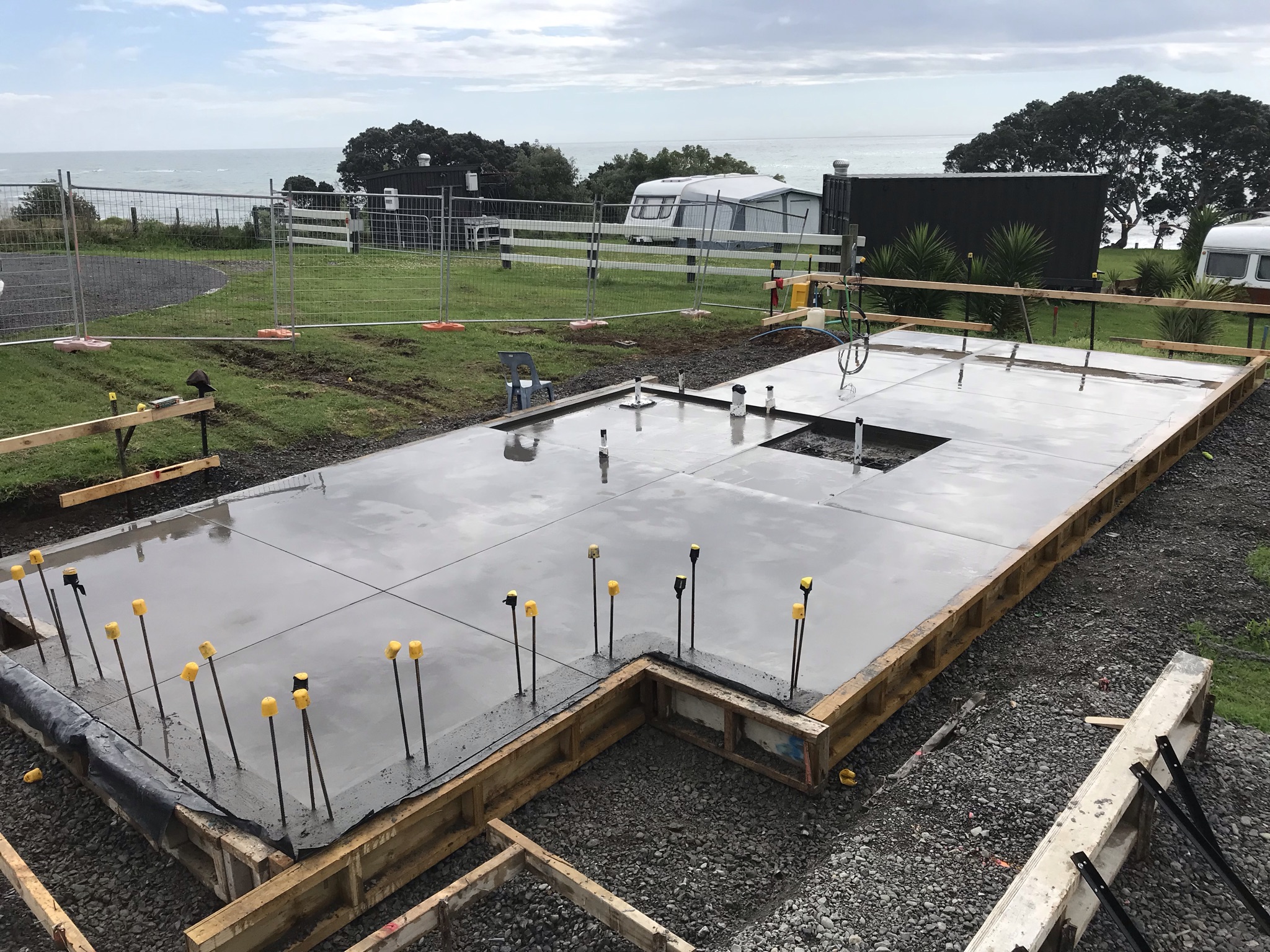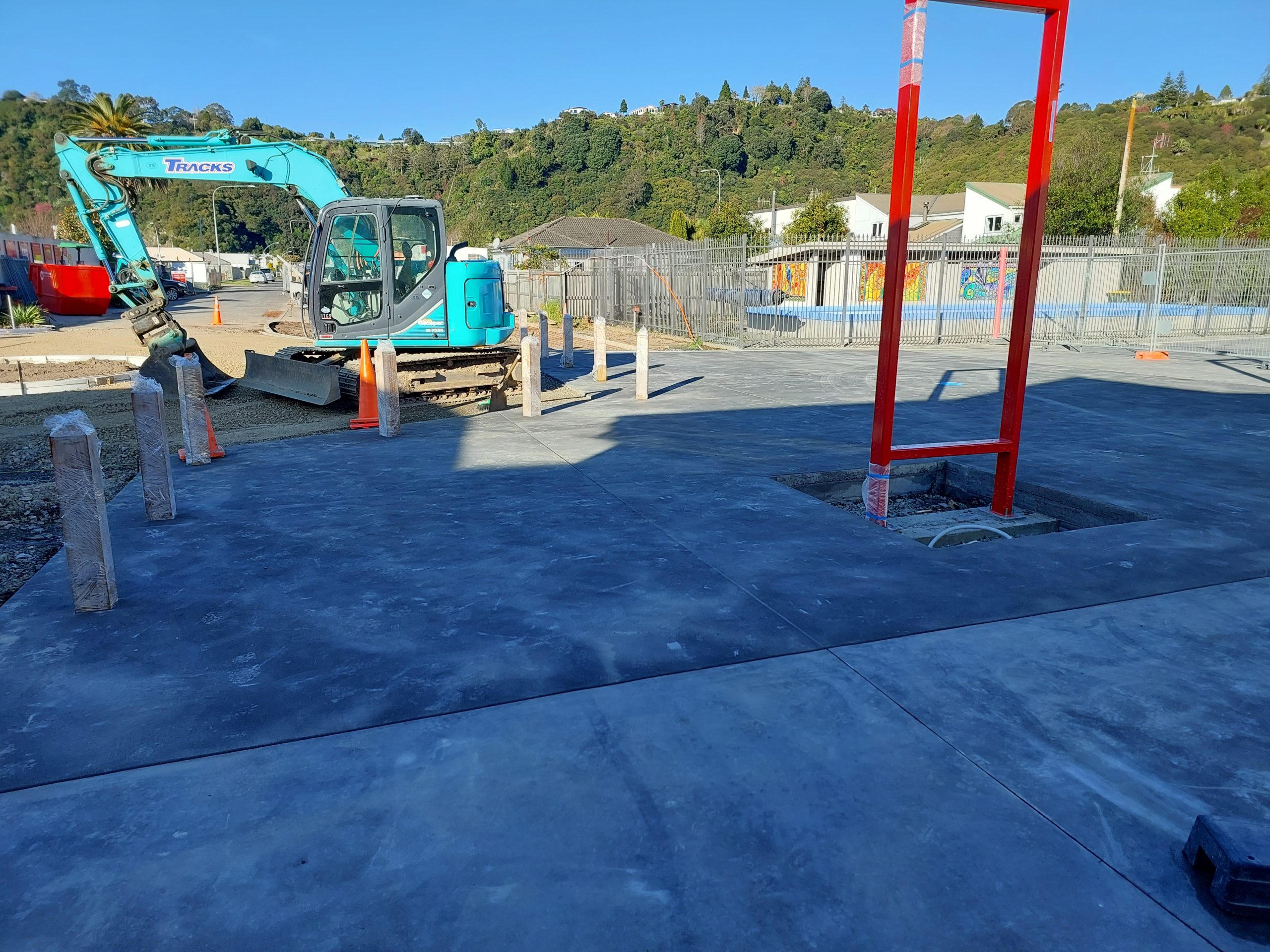RESOURCES
Tracks are your local concrete specialists, offering expert advice & service you can trust.
Desired Properties of Concrete
Take these steps to reduce the water and cement requirements:
- Use the stiffest mix possible.
- Use the largest size aggregate practical for the job.
- Use the optimum ratio of fine to coarse aggregate.
- Discuss how to achieve your goals for the concrete with your ready mix supplier.
Helpful info
The following information will be helpful when trying to understand more about concrete and cement.
Adjusting Concrete Mixes To Correct Placing Problems
When the concrete sticks to the trowel when it is lifted off the concrete, or concrete sticks to the finishers kneeboards, too much sand is in the mix or higher than necessary air entrainment are most likely the causes.
Excessive bleedwater will delay the finishing operation and can cause serious problems with the surface of the concrete. Adding more sand to the mix, adding more entrained air, using less mix water, or adding cement or fly ash are possible cures.
Make sure your ready mix supplier knows if you will be pumping concrete. Pumping mixes require a sufficient amount of fines and there are limits to the size of the aggregate in order for the mix to be pumpable. Fly ash and air entrainment improve workability and pumpability.
Setting time of the mix can be slowed with retarders.
The mix may be cooled in hot weather by replacing part of the mixing water with ice, sprinkling water on the aggregate pile at the ready mix plant, or injecting liquid nitrogen into the batch.
Setting time of the mix can be sped up with accelerators.
The mix can be heated at the ready mix plant by heating the mix water and aggregates
Installing Concrete
Placing Concrete:
Normal concrete weighs approximately 150 pounds per cubic foot and should be placed as near as possible to its final position. Excess handling can cause segregation of the course and fine aggregates. Wetting up the concrete so it can be raked or pushed into a location far from where it is discharged is not acceptable.
Concrete is poured directly from the chute of the ready mix truck, wheeled into place with a buggy, or pumped into place with a concrete boom pump (see concrete pumping).
Concrete is normally specified at a 4-5″ slump. Industrial, commercial, and some residential projects require an inspector on concrete pours who monitors the concrete slump and takes slump measurements at the required intervals.
Spreading Concrete:
The purpose of spreading fresh concrete is to place concrete as close as possible to finish level to facilitate straight edging/screeding the concrete. Short handled, square ended shovels are recommended for spreading concrete. A come-along (a tool that looks like a hoe and has a long straight edged blade) can also be used. Do not use a round edge shovel for spreading concrete since it does not spread the concrete evenly.
Any spreader used should be rigid enough to push and pull wet concrete without bending: Normal concrete weighs approximately 150 pounds per cubic foot.
Concrete calculator
Use the concrete calculator below to work out the quantity required for your project.







